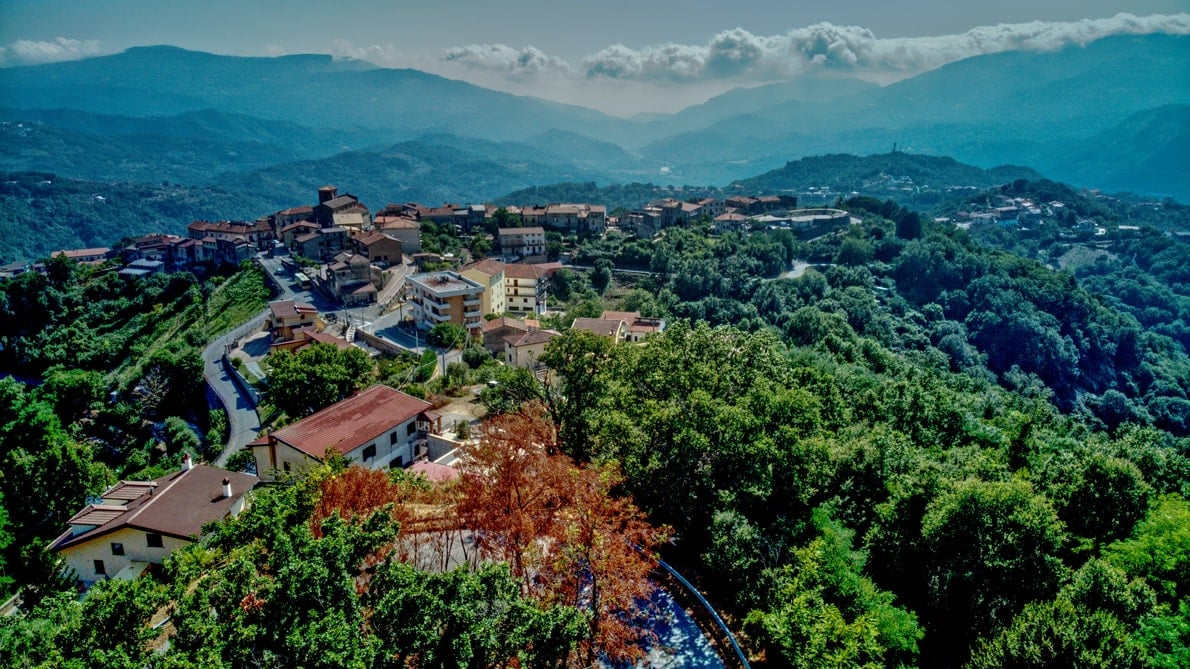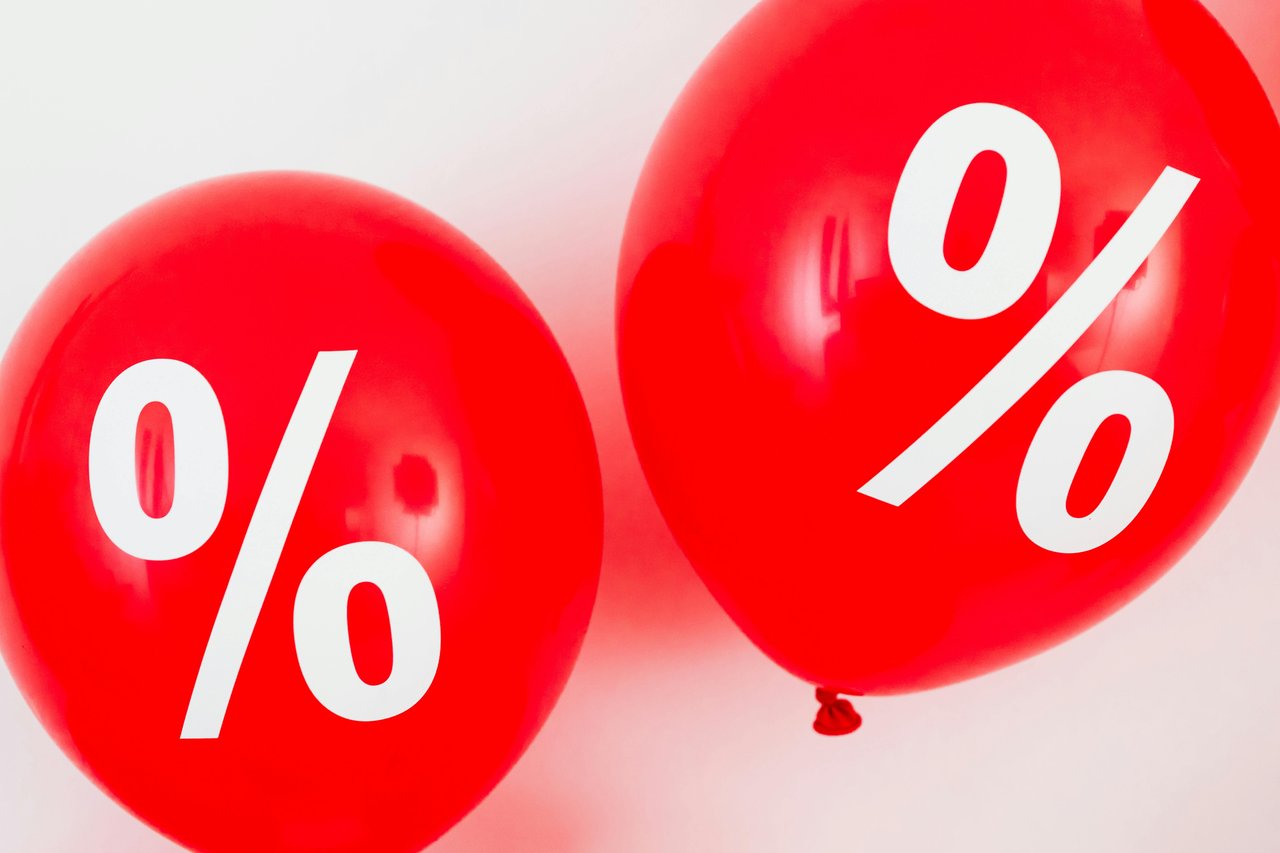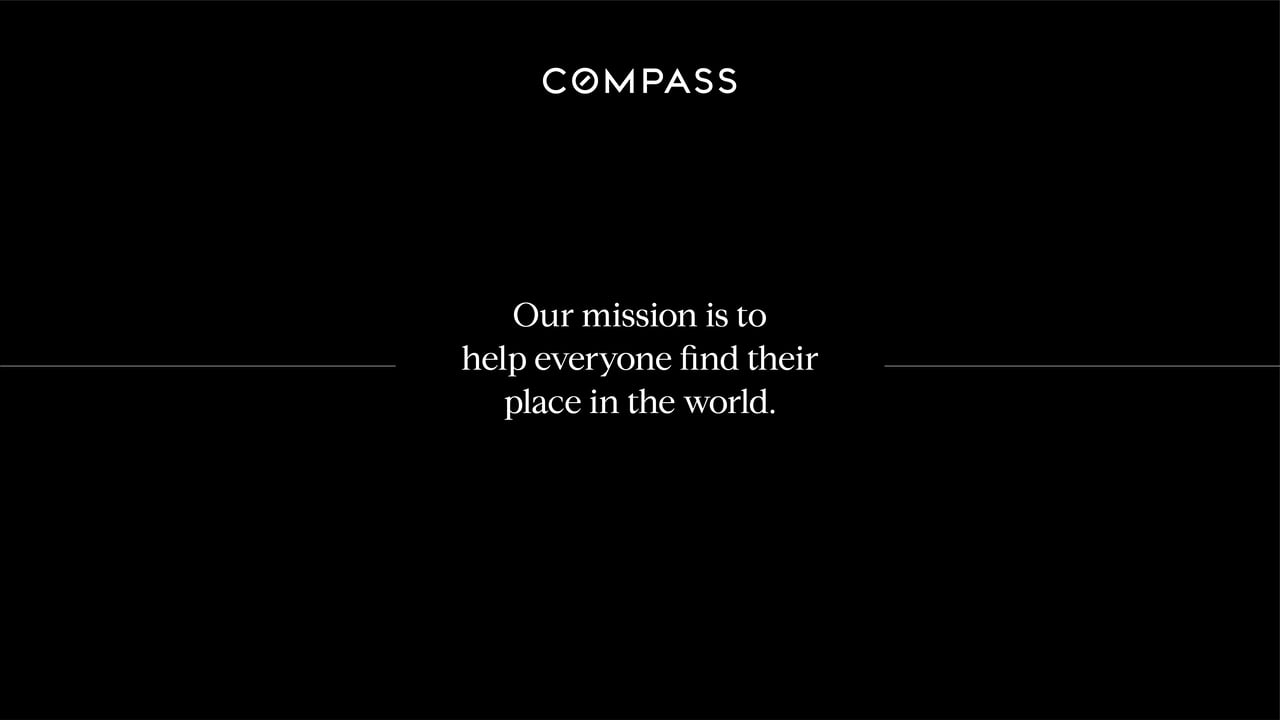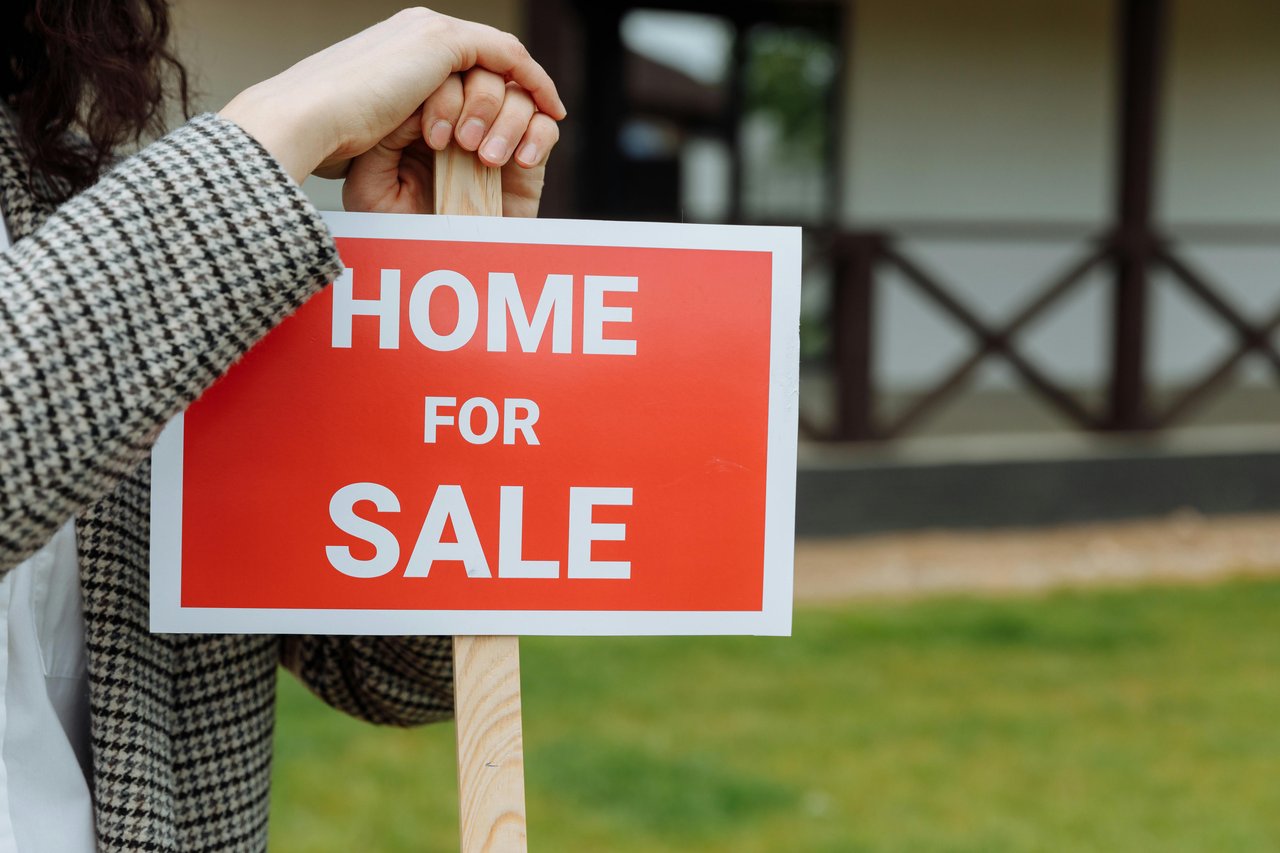If you do not already know this, the secret to selling is to objectively evaluate what you have relative to other sold offering’s then price yours competitively, or not and wait with hope - though you will realize the longer you wait the more of a discount your asset will likely trade relative to the open marketplace.
According to BAREIS, as March concluded, Sonoma County had exactly 356 non-commercial parcels on the open market – 33 of which were newly listed during the month. Our County saw 23 sites receive accepted offers during the period while another 26 parcels formally traded hands at a median value of $260,000. A broader perspective shows that over the prior two years 1,258 bare lots have transacted at a median value of $245,416 – though this price has been trending lower as the market generates resale data points of new homes. That said, this still indicates a strong demand for the most appropriately priced plots, though the increase in interest is overshadowed by the number of vacant lots still not being placed on to the market. Keep in mind that this is the first month of “Hollow Data” as our markets have been artificially closed and it will take several months to get back to meaningful trend line analytics.
Specifically, within Sonoma County, Santa Rosa’s Northeast quadrant has been the primary catalyst for the increased activity levels. The Tubbs fire has reshaped the landscape and the marketplace as we know it. The region was showcasing 120 residential lots on the open market as we wrapped up March. New offerings from sellers accounted for 12 of those during this period with buyers dipping their toes in the water to capture eight new contracts on parcels. Sellers managed to complete 13 sales during the month and, since the fires, have sold a total of 630 parcels – accounting for 51 percent of all non-commercial lot transactions in Sonoma County.
To put this in perspective, Northwest Santa Rosa has sold a total of 186 lots since this time two years ago while the greater Sonoma Valley region has seen 78 transactions. Sellers of lots should be readying them for market by making final clearings of dead or diseased vegetation, if not for the determination of holding their sites for years to come while trying to allow the natural beauty to return, to at least abide by county ordinances that require such abatement in order to limit further fire dangers to the surrounding areas - by the way, this is required every year to be completed by July whether you have a home on your site or not, and if not completed, you may receive a letter notifying you of this responsibility and warning that if you don’t then it may get done for you at a rather exorbitant cost by our local government for which you will receive a bill or lien on your property.
In a market as liquid as we are encountering, especially with the average number of days to sell a parcel hovering at 175, the only thing keeping the dirt from transacting is the price being asked by the seller. This is a common theme in basic economics – a seller sets a price, but a buyer establishes the market value. These recent data points show that for every 30 days a lot languishes on the open market during a 6-month period that transactions have been occurring at a value of four percent less than the original price in each successive monthly clip.
Along with this, as more parcels make their way to market, another metric comes into play – the elasticity of demand. This is the measure of the change in the quantity demanded or purchased in a product – vacant land in this case - in relation to its price, or required adjustment of such, so that it finds a willing and capable buyer.
Each month adds to the charted progress within our markets as we anticipate values on lots to be more strongly associated with the effective price of the newly built home that rises in its place. A rule of thumb typically used by investors is that not more than 15-20 percent of the value of the total combined asset can be assigned to the underlying cost of the dirt. Thus, for a new $2,000,000 home to rise, a builder or investor would be reluctant to pay more than $300,000 - $400,000 for the lot the home will occupy unless their cost to build is uncharacteristically below market metrics which would typically relate mostly to the ease of building on the specific site. With the elevated costs of construction, these market forces are diminishing the value of a vacant lot – moving forward, expect lot prices for most sites to continue to fall in line with market requirements before being transacted on.
These complicated times require a savvy market maker with their pulse on the rhythm of what is happening now. Reach out and we will take the time to show you the way to finding your suc











